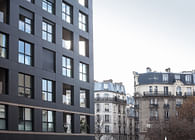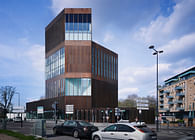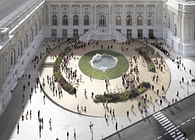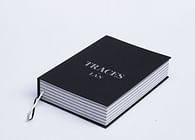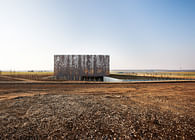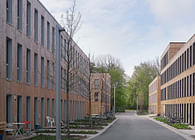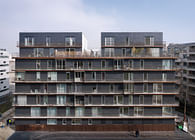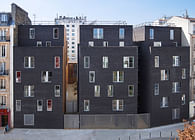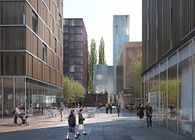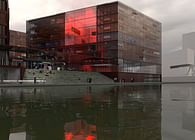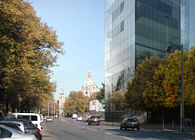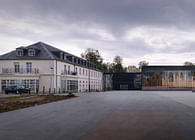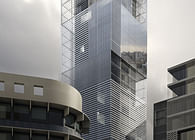
Paris, FR
The challenge of the project of William Rappard center expansion lies in the difficulty to integrate at once an exceptional landscape context, and an existing pronounced architectural style, as well as to be able to answer the functional demands of the competition.
We have chosen to locate the new building as far as possible from the old one, thus avoiding the relationship of visual continuity, the new architectural design being independent.
The connection between the two buildings will be made light and transparent.
A design made by lightness, thanks to glazing surfaces and finely textured steel.
Facades define themselves by two glass layers, each one answering to specific needs and at the same time completing the other one.
The first fine glass skin is covered with a screen-printing film reflecting the vegetation surrounding the site and creating an effect of visual penetration. The second "thick" facade meets thermal performance needs. Space between the two allows us to insert a second obscuration system for south facades in summer time.
A rich, diversified and flexible interior is opposed to the simplicity and compactness of the exterior volume.
At first we worked to define the pixel sizing of the first glazed frame to have a landscape maximal legibility since workspaces. Then we set up several devices allowing landscape to penetrate directly into the cone, the terraces, the common spaces facades and the double heights surfaces.
Our aim was to design a flexible and compact building, a place based on the pleasure to belong to an elaborated visual world where the quality of sights and lights becomes a work fulfilment. Common spaces are generously sized and different in every floor. Circulation areas are also generous and naturally enlightened. The offices built on the periphery allow a flexibility of organization. In our planning offer we decided to design the big offices (30 & 25 m²) at the corners of the building.
Status: Built
Location: Geneva, CH
Firm Role: LAN Architecture (Lead Architect)
Additional Credits: Agence Franck Boutté (HEQ consultant), Batiserf Ingénierie (structure), Michel Forgue (quantity surveyor), Base (landscape architects), LBE (utilities)
